Effortlessly Track Attendance with Our Cutting-Edge Management System!
Revolutionize Your Attendance Tracking: Say Hello to Our Attendance Management System!
Existing User? Sign In
Revolutionize Your Attendance Tracking: Say Hello to Our Attendance Management System!
Existing User? Sign In
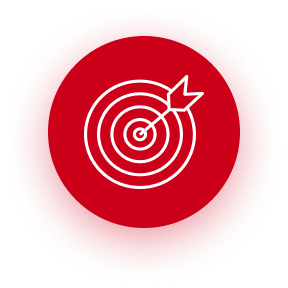
Our attendance management system precisely monitors employee attendance, covering clock-ins, clock-outs, break durations, and leave records. With Kredily's powerful attendance features, accuracy in tracking employee attendance reaches new heights.
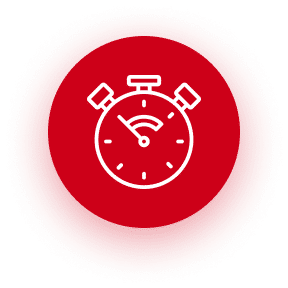
Unlock the power of precision and efficiency in employee attendance tracking with Kredily's auto-clock in and clock-out feature through Klocky. Effortlessly blend timekeeping with payroll management for smoother operations and a significant reduction in manual errors.
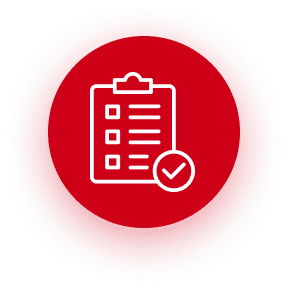
Empower your organization's attendance policies with Kredily's customizable attendance rules feature. Craft and implement personalized rules for late arrivals, early departures, and beyond, guaranteeing adherence and streamlining attendance management efficiently.
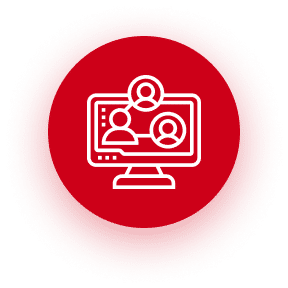
Effortlessly synchronize your real-time biometric attendance data through Kredily's Kredsync feature, offering seamless integration with ESSL biometric devices. Experience precise and automated attendance tracking, eradicating the need for manual data entry and delivering time-saving benefits for HR teams
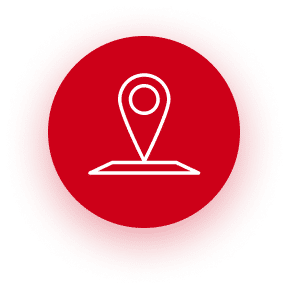
Streamline workforce attendance management with Kredily's Geo-Fencing feature. Establish virtual boundaries and monitor employee clock-ins and outs according to predefined locations, guaranteeing compliance and precise timekeeping for office teams.
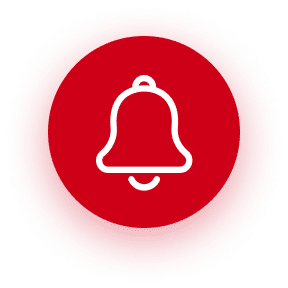
Kredily's attendance management system boasts automated notification capabilities, sending reminders to employees for attendance-related tasks and events. These notifications cover anomalies such as early or late logins and logouts.
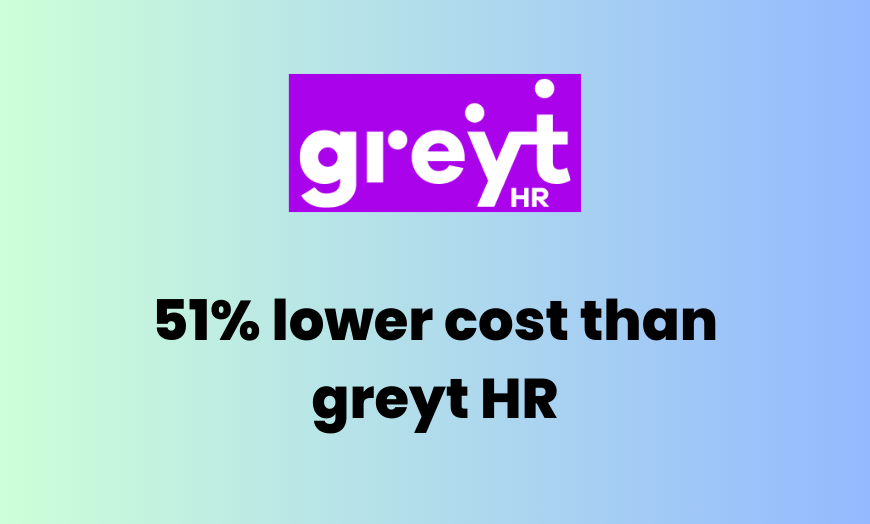
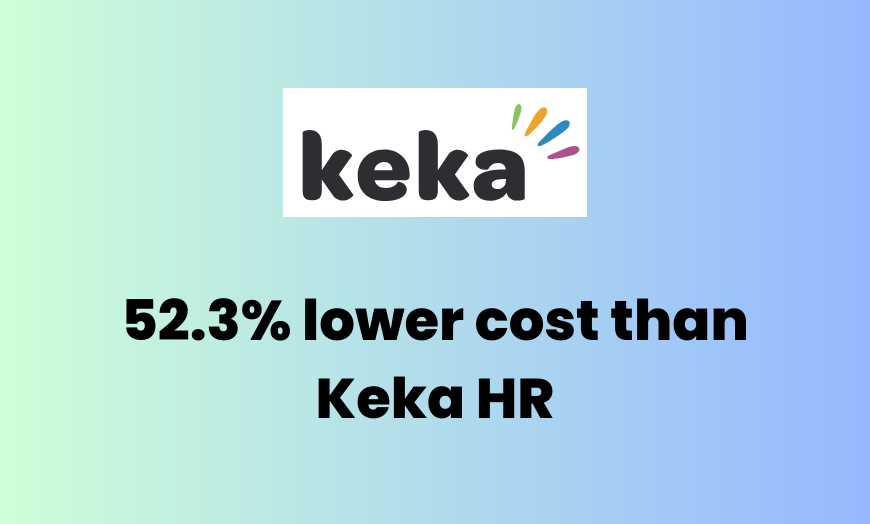
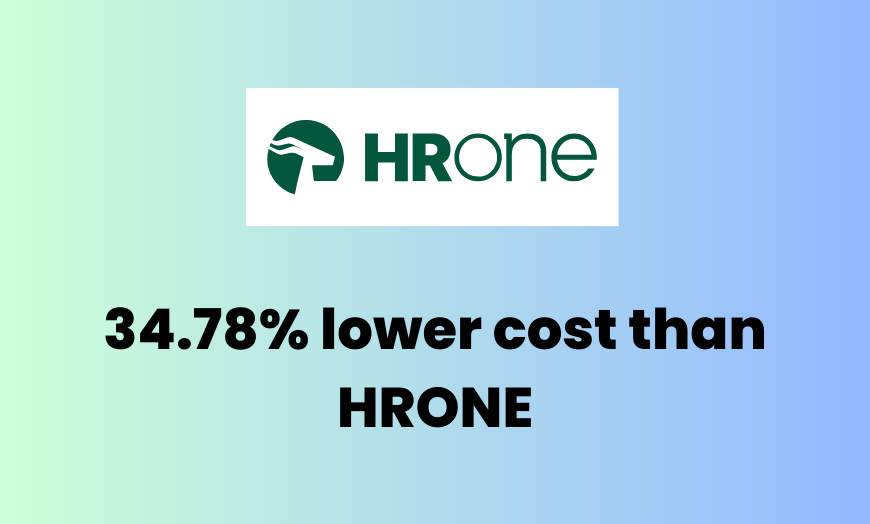
Save time, eliminate errors, and empower your workforce with Kredily’s state-of-the-art technology, designed to maximize productivity every step of the way.
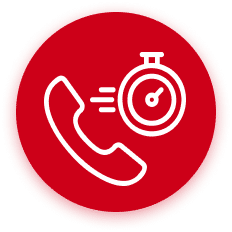
Experience prompt support and assistance from our dedicated team, ensuring you get the help you need without any delays.

Our user-friendly features make HR management a breeze, eliminating complexity and boosting efficiency.
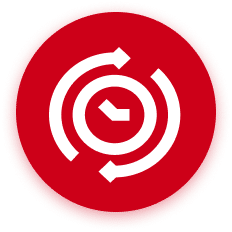
Enjoy guaranteed same-day implementation with us! Say goodbye to waiting, and start reaping the benefits right away.
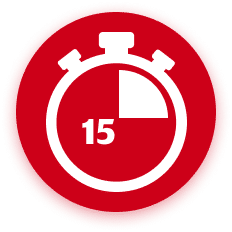
Experience a hassle-free setup in just 15 minutes. No delays, only smooth sailing ahead.
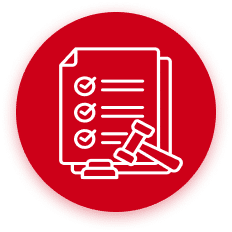
Simplify your HR processes by establishing rules and allowing our software to manage the rest, giving you the freedom to concentrate on strategic initiatives.

Foster growth with effortless attendance management. Enhance productivity, promote engagement, and forge connections. Join us for a brighter future, one attendance at a time.
When assigning employees to shifts, administrators can conveniently access comprehensive attendance data for each employee. This includes login and logout times, as well as break durations, all conveniently available in one centralized location. No need to switch between pages because all the employee data is available in one place, irrespective of the department.
We understand that your attendance policies require employees to be present at work for a certain number of hours each day/week/month. Attendance irregularities can be easily monitored to ensure employees’ compliance with these policies.
With our attendance management software, creating and assigning multiple shifts is a breeze. You can effortlessly apply distinct shift rules to individual employees.
That’s correct! You have the option to seamlessly integrate your biometric device with Kredily’s attendance management system. Our software is accessible to both employees and managers via any device with an internet connection, be it a computer, tablet, or smartphone.
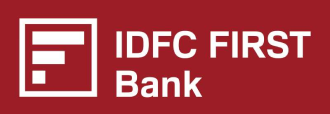



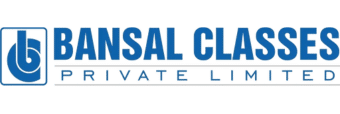
As a expanding non-profit organization, we were in search of an HR solution that could efficiently handle our fundamental HR operations without a significant financial burden. This is where Kredily came to our rescue! Kredily provided us with a Core HR suite completely free of charge. Its straightforward and user-friendly interface is remarkably intuitive and doesn't necessitate any training for implementation. It's quite noteworthy that in India, an HRIS company is offering such valuable services to clients without any cost.
We are highly content and delighted to have discovered Kredily as our HRMS partner. Throughout our collaboration, Kredily has cultivated a deep understanding of our unique vision and workflows, effectively aligning with our operations without causing any disruptions or complications on our end.
I discovered Kredily at precisely the moment when I began exploring HR tools and services for our operations. As a founder of a startup, I found myself dedicating a significant amount of time to manage attendance, leave, and payroll records. Kredily brought a higher level of transparency to our company's HR processes. The setup process was straightforward and well-guided. Personally, I appreciated the comprehensive information provided within the application about HR procedures.
We take immense satisfaction in our partnership with Kredily, which has proven immensely beneficial in streamlining our HRMS operations. For a small NGO such as ours, having access to a comprehensive solution on a single platform for managing employee records and authorization has been invaluable. This support has significantly contributed to our efforts in establishing our organization as an efficient institution.
Streamingo, a startup operating in the field of Artificial Intelligence, shares the common challenge with all bootstrapped startups in seeking a cost-effective HRMS solution. We were pleasantly amazed to discover that Kredily not only provides a user-friendly HRMS solution but also does so at zero cost. Kredily encompasses many of the features typically found in standard HRMS solutions and boasts remarkable simplicity and ease of use.
Kredily’s Attendance Management Software automates attendance tracking through real-time monitoring, eliminating manual entries and ensuring accurate records.
Yes, Kredily’s Employee Attendance Management System allows businesses to configure policies for work hours, overtime, late arrivals, and break durations.
Yes, Kredily’s Attendance Management System seamlessly integrates with payroll, automating salary calculations based on attendance data.
Yes, Kredily’s Online Attendance Management System is designed for businesses with multiple offices, enabling centralized attendance tracking.
Yes, Kredily’s Employee Attendance Management System offers a mobile-friendly interface, allowing employees to check in and out from authorized locations.
Kredily’s System allows employees to request attendance regularization, which is then sent to their respective managers for approval. This ensures transparency and control over attendance modifications.
Yes, with geofencing, Kredily’s Attendance Management Software ensures employees can mark attendance only within authorized work locations.
Yes, Kredily’s Employee Attendance Management System allows businesses to configure department-specific attendance policies.
Yes, Kredily’s Online Attendance Management System supports remote check-ins, helping businesses track work-from-home employees.
Kredily’s Employee Attendance Management System records break durations, ensuring employees follow work-hour policies.
Yes, Kredily’s Attendance System is a cloud-based solution, that ensures secure access to attendance data from anywhere.
Yes, Kredily’s Employee Attendance Management System allows businesses to set up automated penalty rules for late arrivals, early exits, and unauthorized breaks.
Yes, Kredily offers selfie-based attendance verification, ensuring employees mark attendance securely from authorized locations.
Kredily’s Online Attendance Management System offers real-time live tracking for field employees, allowing businesses to monitor their live location, distance traveled, and movement history. This feature is especially beneficial for sales and on-the-go teams, ensuring transparency and accountability.
To begin, sign up on our website, and our team will assist you with the setup process. We’ll ensure seamless integration with your organization’s policies and provide the necessary guidance for a smooth implementation.